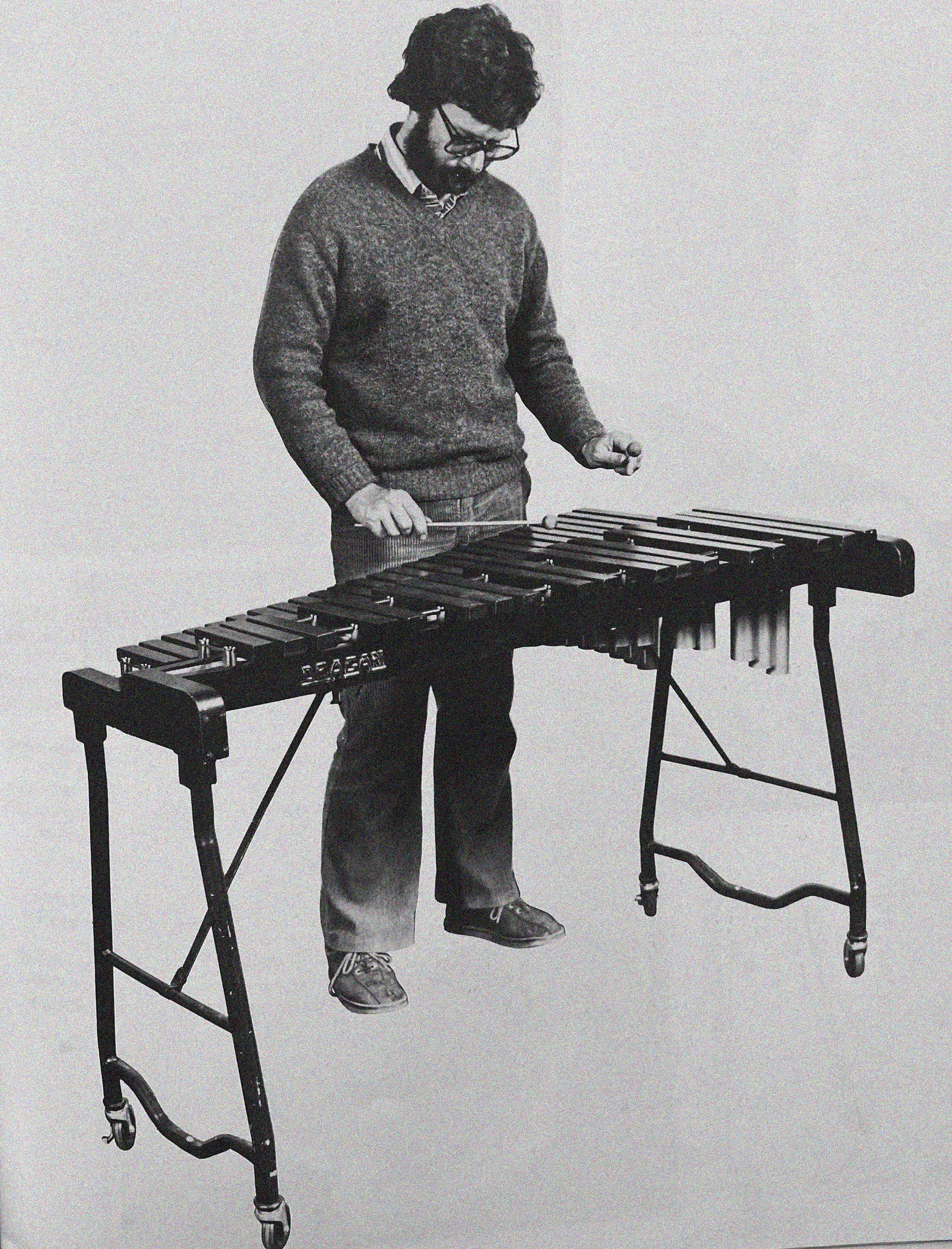43 (Wessex) Infantry Division (UK)

In the Second World War the 43rd Division was a 1st Line Territorial Army formation and was mobilised, as was the rest of the Territorial Army, including the division's 2nd Line duplicate 45th Division, shortly after the outbreak of war in September 1939. In May 1940 the division was preparing to go overseas to France to join the British Expeditionary Force but the Battle of France and retreat to and evacuation from Dunkirk changed all that. The division then spent many years in the United Kingdom on home defence, (particularly in Kent where they were nicknamed the Kent Home Guard), anticipating the potentiality of a German invasion of the British Isles.
In 1942, after the German invasion of the Soviet Union and the entrance of the United States into the war, the situation changed and the 43rd Division started training for offensive operations to return to mainland Europe. In 1942, the 128th (Hampshire) Infantry Brigade (consisting of three battalions of the Royal Hampshires) was strangely transferred to the 46th (West Riding) Infantry Division, remaining with that division for the war, and was replaced by the 214th Infantry Brigade, which was previously a Home Defence formation raised during the war. The 214th Brigade would remain with the 43rd Division for the rest of the war.
In June 1944, the 43rd Division was sent to Normandy, after the Allies invaded France on 6 June, where it joined the British Second Army and was initially earmarked as a reserve for Operation Epsom during the Battle for Caen.
In July, it launched an attack against the German 9th SS Panzer Division at Hill 112, though it was beaten back after both sides had suffered horrendous casualties. The 43rd (Wessex) Division performed well in Normandy, and was considered by many senior British officers to be one of the best divisions of the British Army in World War II. For the rest of the war Bernard Montgomery, commanding all British and Canadian troops in the campaign, preferred to use formations such as 43rd (Wessex) and 15th (Scottish) to spearhead his assaults. This was mainly because divisions such as the 7th Armoured and 51st (Highland), both of which had seen extensive service in North Africa and the Mediterranean, were judged as tired and war-weary with morale being dangerously fragile.
With divisions that had spent years in the UK training such as the 43rd (Wessex), 15th (Scottish) and 59th (Staffords) the problem of morale wasn't such an issue. It was the first British formation to cross the Seine river, with an assault crossing at the French town of Vernon opposed by the German 49th Infantry Division (see 'Assault Crossing, The River Seine 1944' by Ken Ford). This crossing enabled the armour of XXX Corps, under Lieutenant General Brian Horrocks, to thrust across northern France into Belgium.
Still with XXX Corps, the 43rd (Wessex) Division later played a major role in Operation Market Garden as the support to the Guards Armoured Division. During Market Garden, a battalion, 4th Dorsets of the 130th Infantry Brigade, successfully crossed the Rhine as a diversion, so that the battered remnants of the airborne troops of 1st Airborne Division, virtually destroyed as a fighting formation during the Battle of Arnhem, could withdraw more safely; yet the cost was high as many men of the 4th Dorsets were themselves left behind on the north bank of the Rhine when the 43rd Division was forced to withdraw. The division later played a comparatively small part in the mainly American Battle of the Bulge, the largest battle on the Western Front of World War II, where it was placed on the river Meuse as a reserve. The 43rd later played a large part in Operation Veritable attached to First Canadian Army still as part of XXX Corps.
They then crossed the River Rhine as the Allies invaded Germany itself. By the end of the war in Europe, the 43rd Division had reached the Cuxhaven peninsula of northern Germany. Throughout the North West Europe Campaign the 43rd (Wessex) Division, like so many other Allied divisions that fought from Normandy to Germany, had suffered very heavy casualties with the majority of them, 80% in some units, being suffered by the average 'Tommy' in the infantry battalions. From June 1944 to May 1945 the 43rd (Wessex) Infantry Division suffered well over 15,000 casualties, with over 3,000 dead.
Arrived European Theatre of Operations May 1940
Arrived Continent and entered combat in June/July 1944
Source wiki


